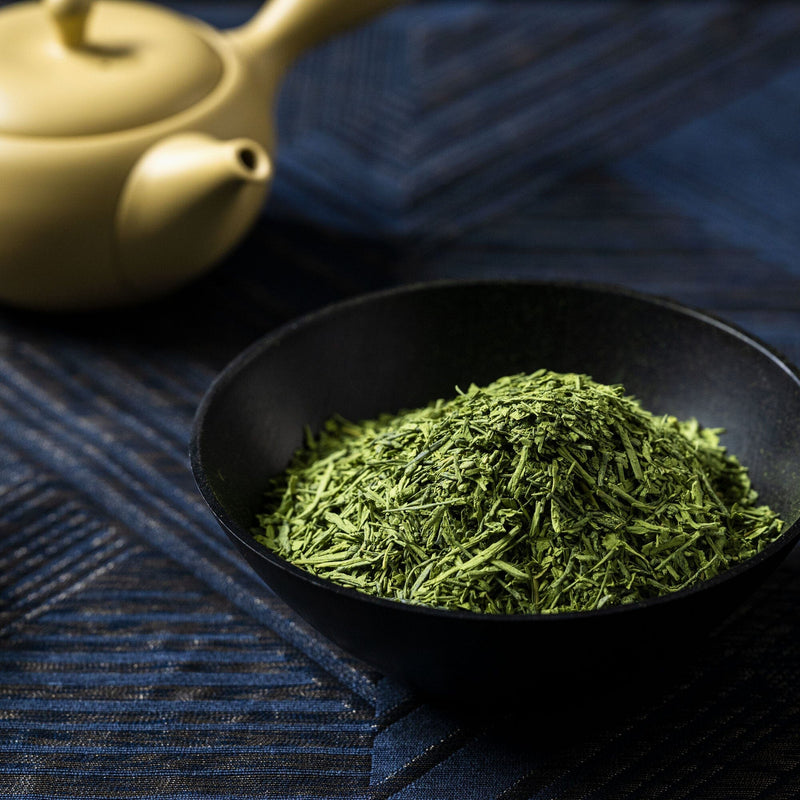- Garden Direct •
- Black & Red Tea • Doi Wawee Shaihong Spring Cake
"Light aroma and taste, but a heavy and silky body. Reminds me of an Assam, but the tannins are so much smoother." - Melissa R.














Doi Wawee Shaihong Spring Cake




Malty, sweet red date, black sugar,
deep and sweet fermentation
About this tea
This batch from the ancient tea trees of Doi Wawee in Northern Thailand’s Chiang Rai Province has a strong energy and density with notes of berry spice compote, red date, black sugar, black pepper and thick malty sweetness. The tea is great for gongfucha sessions and shows its character over the course of several infusions.
Origin
Doi Wawee, Thailand
Cultivar
Heirloom assamica from ancient trees
Harvest
Vintage Spring 2021
Elevation
900 - 1150 meters
Ingredients
Sun-dried red tea


Ingredients
Sun-dried red tea
Origin
Doi Wawee, Thailand
Cultivar
Heirloom assamica from ancient trees
Harvest
Vintage Spring 2021
Elevation
900 - 1150 meters


Origin
Doi Wawee
Chiang Rai Province, Northern Thailand
Throughout northern Thailand there are many old, abandoned tea plantations that have been left to grow wild from centuries past. Known locally by the Thais as “Assam tea,” these trees are part of an ancient tea journey that traces its roots back to the 11th and 12th Centuries. It is thought that the Bulang and Dai ethnic peoples were the pioneers of tea in this region and both groups planted tea seeds wherever they migrated. In more modern times, ethnic Han Chinese from Yunnan settled in the region and became stewards of the ancient tea tree forests and plantations. They began to produce tea in Doi Wawee according to Yunnan Pu’er tea practices and traditions. At this time, the village of Doi Wawee is glorified by tea lovers and is known as, 茶房 or “the village of tea.”






Preparation
- Imperial
- Metric
Traditional Tea Preparation
Chip the cake carefully with a pick or Pu’er dagger.
Add 7g-9g to a gaiwan or gongfu teapot (per 150ml-200ml).
Use 212°F boiling water.
Briefly rinse leaves for 5-10 seconds. Decant and discard this rinse infusion. Proceed to infuse the tea using boiling water. Enjoy each infusion individually and savor the flavors of each round.
Decant 1st, 2nd, 3rd and 4th infusions after 20-30 seconds. The tea infuses fast and gives out its strength in the beginning of the session. Brew the tea several times until the taste weakens. Increase the infusion time to your taste preference after you become familiar with the tea.

Customer Favorites
- Melissa R. L.Verified BuyerI recommend this productRated 5 out of 5 stars1 year agoLight yet silky
Light aroma and taste, but a heavy and silky body. Reminds me of an Assam, but the tannins are so much smoother. A true joy for gong fu cha!
Was this helpful? - Ryan B.Verified BuyerI recommend this productRated 4 out of 5 stars1 year agoDecent. Lighter than the...
Decent. Lighter than the Autumn.
Was this helpful?
 Winter Teas
Winter Teas










































































































